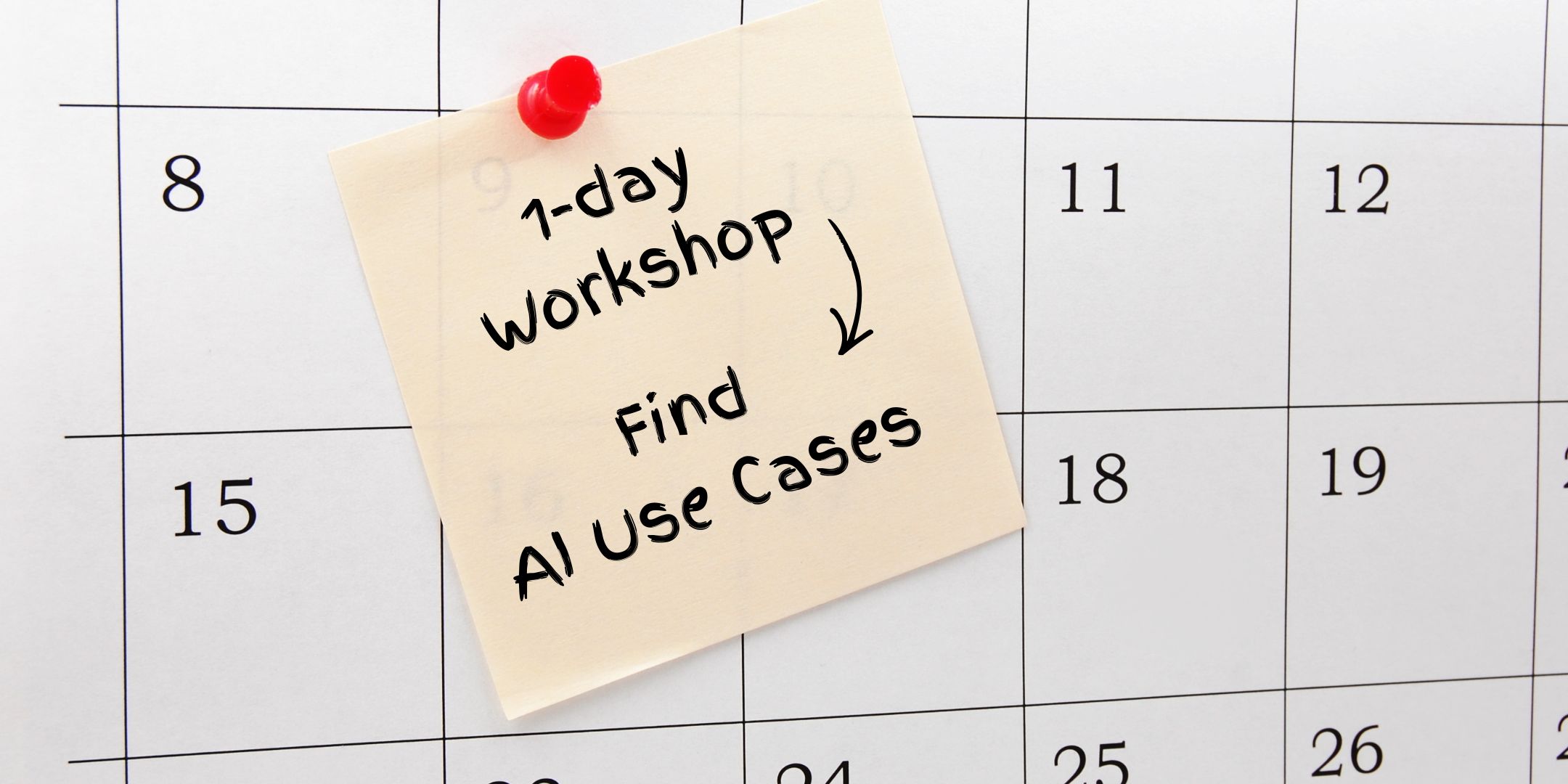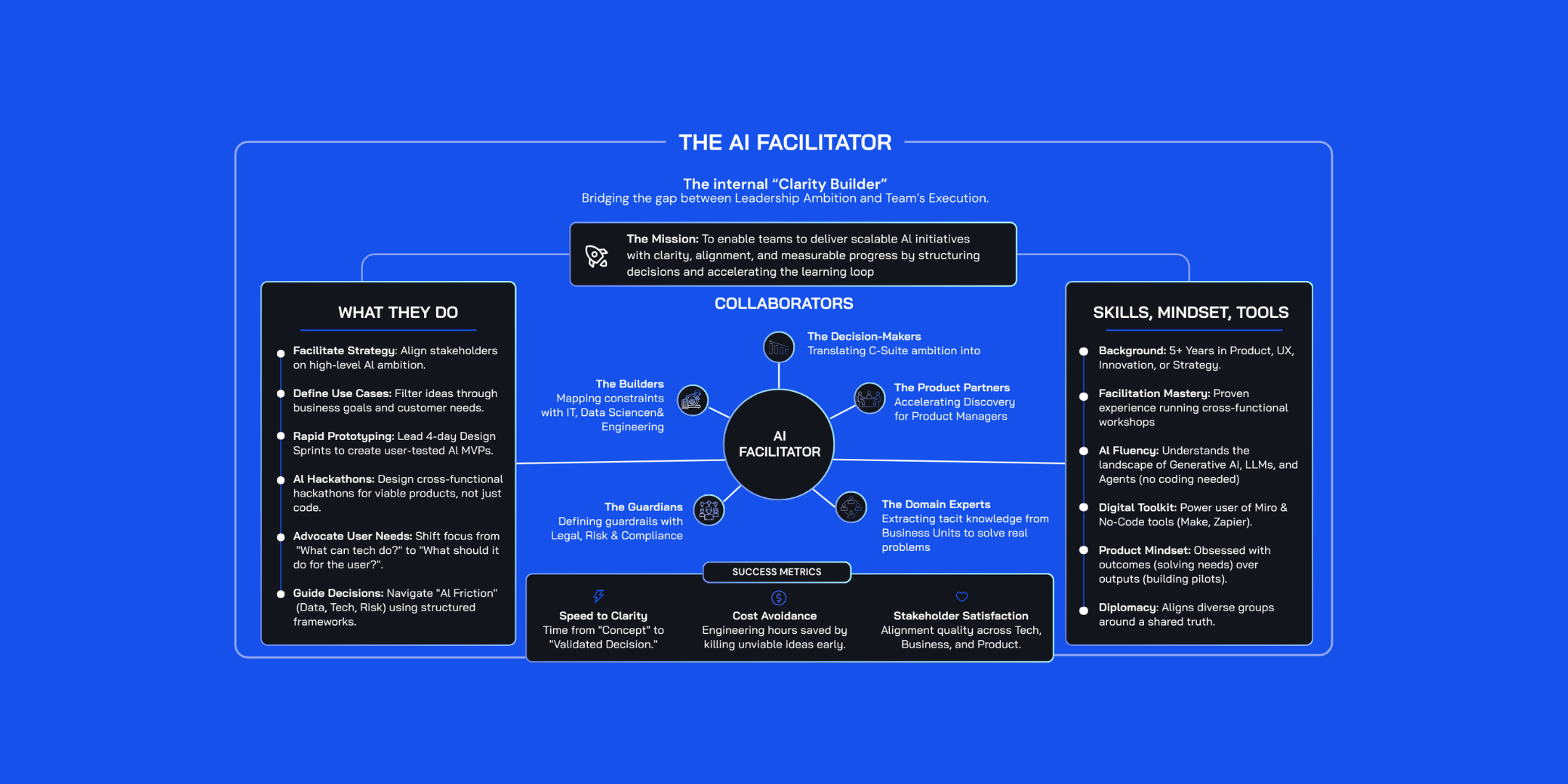Shifting from Features to Customers Needs with Redbull

The Challenge
Red Bull's digital experience team faced a thorny problem:
How could they transition from feature-centric thinking to a customer-driven approach?
With plans to introduce a new Community section on their website, Red Bull Media aimed to develop features that would not only attract but also engage and retain users. The primary challenge was to identify these user-centric features without incurring the significant costs required to build and deploy to a global audience. The overarching goal was to cultivate a customer-centric mindset in product design and development while minimizing the risk of investing in unnecessary features.
The Solution
Design Sprint Academy proposed a solution that aligned Red Bull’s objective of launching a Community platform with genuine customer needs. This approach effectively transformed business objectives into opportunities to address unmet customer needs. By doing so, the Red Bull team could identify and prioritize opportunities that held dual value: relevance for the business and tangible benefits for customers.
In a focused week-long design sprint, we collaboratively worked to prototype, test, and validate key features directly with customers. This rapid problem-solving process not only provided valuable customer feedback and insights but also ensured that the final product resonated with the intended audience.
The Results
The engagement with Design Sprint Academy enabled the Red Bull team to refine the broad scope of their project into well-defined, value-driven opportunities for both the business and its customers.
In less than a week, they were able to envision and prototype new Community features, gaining direct insights into customer preferences. This rapid prototyping and feedback loop provided clear direction on what features were desired by customers, informing the product roadmap effectively.
Most importantly, the team emerged from this project equipped with a repeatable, efficient, and customer-centric approach to validate new features and accelerate product development.

Continue reading to see how we tackled this project and helped Redbull achieve the results above.
Groundwork
1 week
At the outset of our project with Red Bull, the team was bullish about moving away from the longstanding feature-centric approach.
Too many people in-house think of a feature (e.g. voting, code redemption, etc.) and then try to adapt that to the audience, rather than starting with audience insights first. How do we escape that?
The initial step was crucial: building empathy within the product team for their customers and understanding user needs. Therefore we kicked off with qualitative research, conducted with the Red Bull team before our intensive onsite week in Salzburg.
Considering Red Bull's vast global fan base, it was vital to focus this research. We zeroed in on the biking community as they presented high engagement levels in the context of the project we were working on.
We interviewed four biking enthusiasts to dive deep into their community interactions, event participation, and media consumption habits. Despite the tight timeframe of less than a week, this research provided us with just the right amount of customer insights. It unveiled key patterns, behaviours, mindsets, and challenges specific to this audience.
We were ready to make decisions and uncover new opportunities.
Problem Framing Workshop
1 day
In this step, we brought together key decision-makers from Red Bull for a one-day Problem Framing Workshop. This diverse team included the Product Manager, UX Lead, Brand Manager, and Audience Marketing Manager, each bringing unique insights and expertise.
Objectives of the Workshop:
- Understanding Business Objectives: We delved deep into the project's goals and its potential impact, aligning everyone on the primary business objectives.
- Customer Experience Insights: The second focus was to analyze customer experiences and audience insights which we obtained from our research phase.
- Opportunity Identification: Finally, we aimed to identify specific opportunities for the Community platform that could be explored and validated in the upcoming design sprint.
Aligning the Team: A crucial aspect was creating alignment among stakeholders, establishing a shared language, and setting clear expectations for the project's deliverables. We reviewed past initiatives, analyzing their successes and failures, and discussed the constraints and success factors relevant to this project.
Mapping User Experience:
Using the insights from the qualitative research, the team’s knowledge as well and the opinions of a few experts, we mapped the user experience of someone attending a live event. Our primary focus was on understanding their behaviours, uncovering pain points, and identifying what their desired outcomes were. Surprisingly, many of the pain points revolved around issues that could be easily addressed—what the team labelled as "hygiene features." These included knowing the event schedule, navigating the venue, locating the best spots, staying updated on race progress and results, and dealing with scattered information. The lack of a central hub forced users to use a variety of tools and channels to fulfil these needs. This in itself is an opportunity for Redbull and this insight informed solutions and prototypes later in the subsequent design sprint.
Organizational Opportunities
Opportunities weren't solely derived from user pain points but also from within the organization. During Problem Framing, we assessed Red Bull's current strategies for supporting users during their journeys identifying strengths, weaknesses, and potential threats.
This holistic view revealed numerous opportunities for future innovation, laying the groundwork for future design sprints and experiments.
Post-workshop, the Red Bull team was equipped with a clear vision of their objectives, areas to focus on, and a well-defined problem to tackle in the design sprints. Now, they were poised to transition from identifying opportunities to creating tangible solutions.
Design Sprint Workshop
4 days
Building the right thing
Success in crafting unique, innovative solutions hinges on the team.
For our design sprint with Red Bull, we assembled a diverse, cross-functional team. This included UX Designers, UX Engineers, Product Designers, Audience Marketing Managers, Programming Managers from Sports, Music, Culture, and Esports, Digital Analysts, a Social Media Manager from Sports, Commissioning Editors from Bike, and Brand Managers. This mix ensured a broad perspective and comprehensive approach.
With the right team, a focused agenda, and a well-defined schedule for the week, we embarked on an effective collaborative journey known as the design sprint. A design sprint is a structured framework for validating ideas and solving big challenges, enabling teams to progress from idea to data by building and testing a realistic prototype with actual users.
Day 1 - Understand & Define
The goal of the day is to identify the most critical moment in the biker’s experience while attending live events, where potential solutions could have most impact.
Day 2 - Sketch & Decide
The team brainstormed individual solutions, merging the most promising ideas into a cohesive storyboard by the day's end.
Day 3 - Prototype
A collaborative effort led to the creation of an interactive, realistic prototype, ready for user testing.
Day 4 - Test
Testing the prototype with five target users, we gathered direct feedback, observing their interactions and reactions. This process was key in understanding the solution's effectiveness in real-world scenarios.
The insights from the testing were eye-opening. They helped the team distinguish between necessary and redundant features, gauge user preferences, and identify new areas for innovation. The design sprint concluded with a clear, actionable roadmap, including a backlog of potential experiments for future design sprints.
This structured, collaborative journey not only validated our ideas but also set the stage for continued innovation and future development of user-centric solutions.
Learn more about how we run Design Sprints here.



.jpg)





